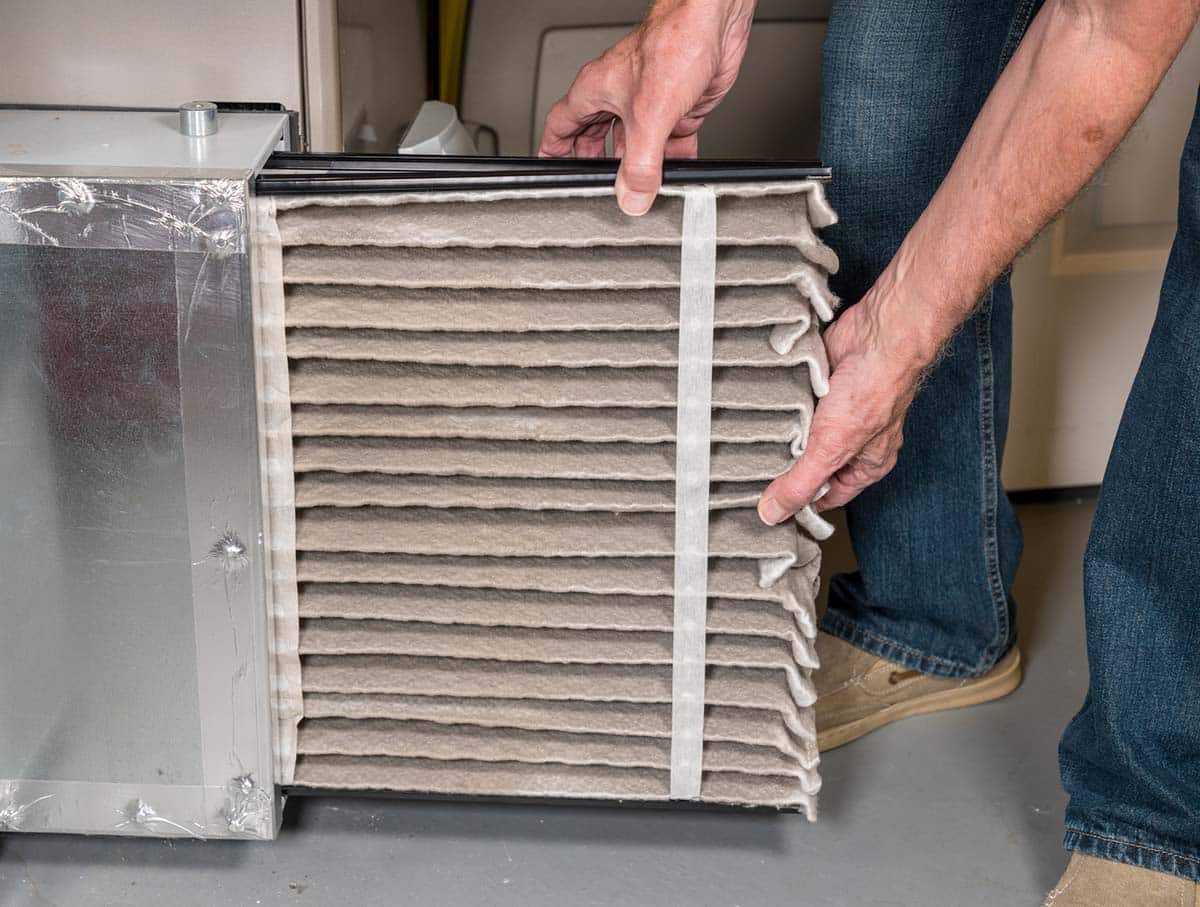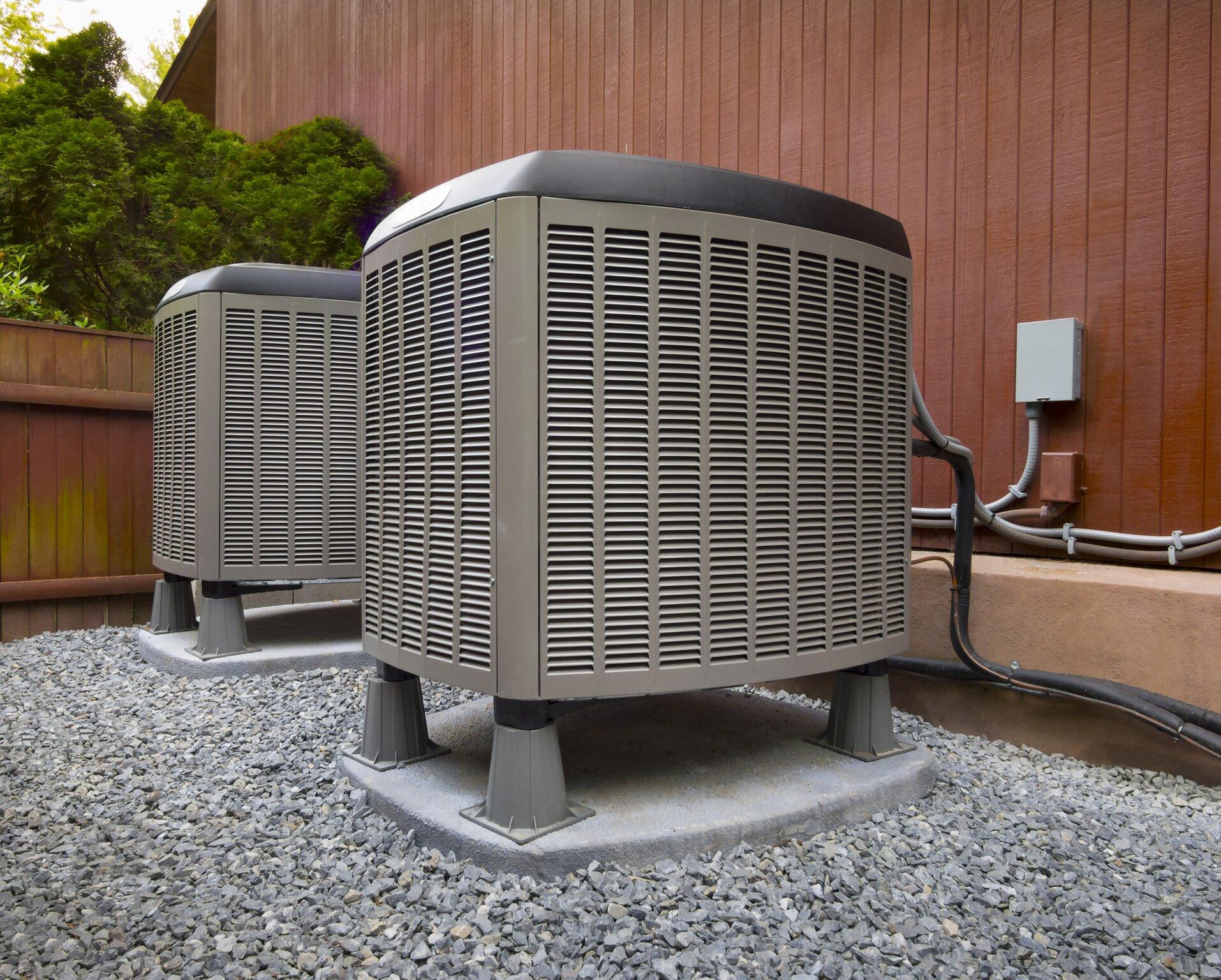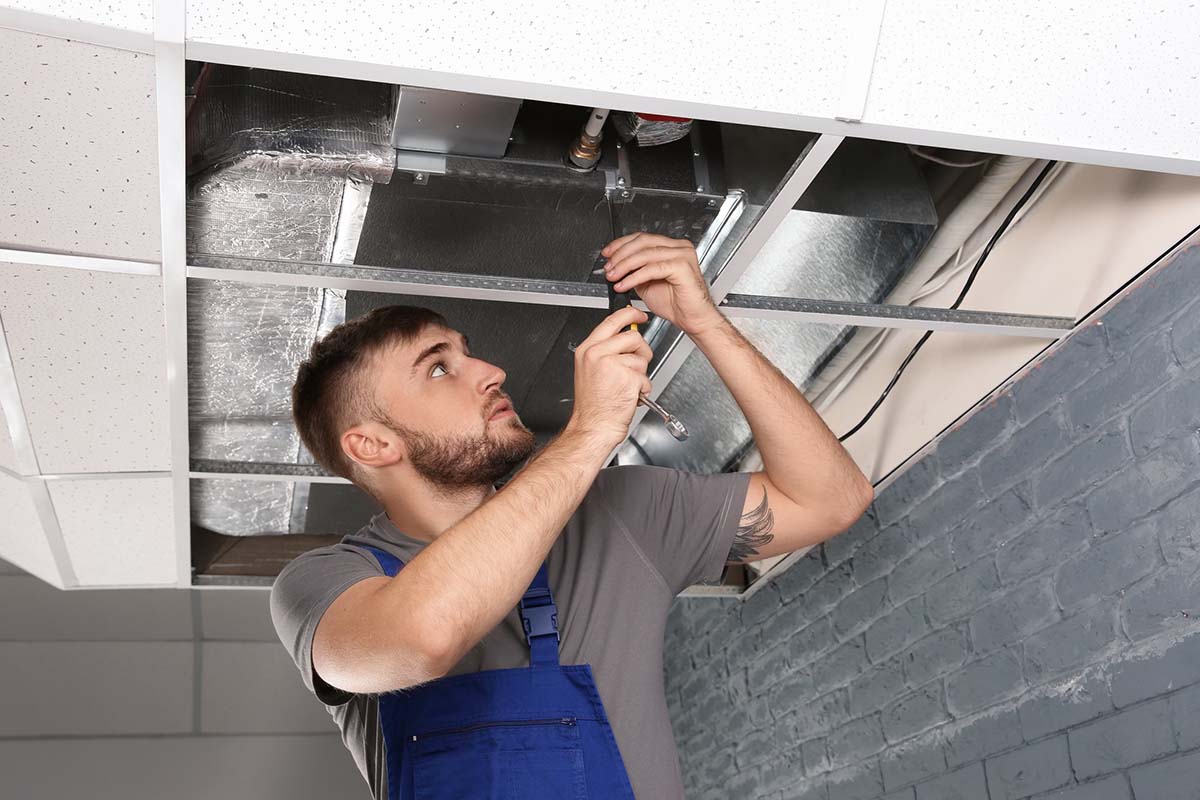6 Furnace Maintenance Tips Every Homeowner Needs to Know
With the colder months upon us, it’s important to keep your furnace well-maintained to avoid costly repairs. See our furnace maintenance tips to learn more.

6 Furnace Maintenance Tips Every Homeowner Needs to Know
Did you know that nearly half of your home’s energy use goes towards heating and cooling needs? Regular maintenance and changing your air filter every 2 to 3 months can improve energy efficiency.
If you’re not familiar with the furnace maintenance you should be doing regularly; then it’s time to learn some helpful tips. When you do this, you’ll save money on your energy bill and can potentially avoid costly repairs.
Keep reading this guide to learn six furnace maintenance tips to keep your furnace running smoothly.
1. Replace Air Filters
One of the easiest ways of maintaining your furnace is by changing the air filter. Changing the air filters regularly helps your furnace run more efficiently. When your filter is too dirty, your furnace has to work harder to keep air flowing throughout the system.
In general, you should change the filter at least every 90 days. However, this can depend on how thick an air filter you use.
Thicker air filters have more space to collect dust and dirt, so you won’t need to change them as often. Thinner filters less than two inches thick should be changed every 30 to 90 days, depending on how much dirt they’ve collected.
If you have allergies, changing the air filter every 30 to 60 days is best. Pet fur can clog up filters rapidly, so if you have multiple pets at home, you’ll need to change the filter every 30 days.
2. Clean Inside and Around Your Furnace
In addition to changing the air filter regularly, you’ll need to keep your furnace clean. Cleaning and vacuuming the area around your heating system will reduce debris and dust.
You should also keep the blower assembly clean. The blower assembly is next to your air filter and is the second place air travels. This area can get as dirty as your air filter.
You’ll need to refer to the furnace’s instruction manual to locate the lower assembly. You can use a damp cloth or a shop vac with an extension hose to reach all the dirty areas. You’ll also need to turn off the circuit breaker. If you don’t feel comfortable doing this, you can always have a professional company help you with maintenance.
Also, be sure to take note of objects stored by your heating system. Paint and household chemicals near air intakes can cause volatile fumes to travel around your home.
Finally, you’ll need to keep your vents clean. Each year, you’ll need to remove the covers to your vents and vacuum them out thoroughly. Doing this ensures you don’t have a build-up of dust and dirt and will improve the air quality in your home.
3. Clean the Drain Pipes
Your furnace and HVAC unit have condensate lines that keep moisture away. These lines or pipes need to be clear to drain water effectively. It keeps your furnace dry and stops mold or mildew from building up.
Mold spores can spread quickly and grow on various surfaces. Having mold in your home can cause health problems like allergies, asthma, and breathing problems.
There will typically be two internal drains if you have a gas furnace. One drain is for the vent, and the other is for the heat exchanger. They will also drain into a condensate trap.
Usually, the line is a copper or white PVC pipe which ends near the outdoor unit. You can also locate it near the indoor unit by looking for a T-joint with a PVC cap.
You’ll first need to turn off the furnace power at the breaker panel. To clean the condensate line, you can blow compressed air through the tube and pour a cup of white vinegar inside.
4. Test Carbon Monoxide Detectors
When you have a natural gas furnace, you’ll need to have carbon monoxide (CO) detectors in your home. Carbon monoxide is odorless and colorless, and exposure can lead to severe symptoms such as:
- Dizziness
- Nausea
- Weakness
- Headaches
- Unconsciousness
- Death
You should have carbon monoxide detectors on every floor of your home and your bedrooms. As a part of your furnace maintenance, change your CO detector batteries every six months.
You also need to ensure your outside furnace vents are clear of debris or blockages to allow exhaust gasses to exit your home.
5. Listen for Odd Sounds
Common furnace problems can often start with unusual sounds coming from your heating system. Listening to how your furnace is running is an essential part of furnace maintenance.
Most of the time, if something doesn’t sound quite right, it’s a telltale sign that you have a significant problem developing. If you don’t address it immediately, you could face more costly furnace repairs in the future.
Listen for scraping noises, like metal on metal. This is often a sign there is an issue with the blower. Loud banging or popping sounds might indicate a combustion problem if you have a natural gas or oil furnace.
Screeching sounds can mean a problem with the motor, and humming sounds can indicate an electrical problem.
If you notice anything off about the sound of your heating system, be sure to call a professional company to evaluate the problem.
6. Schedule Regular Inspections
Although you can do many furnace maintenance tasks on your own, scheduling preventative maintenance twice a year will keep your furnace running efficiently. You’ll also save money since regular maintenance helps you avoid more expensive repairs.
Be sure to find a reputable company in your area that offers various heating services like repairs, installation, and maintenance.
During a maintenance check, a technician will check your furnace and perform tasks like:
- Inspect the blower and heat exchanger
- Lubricate and inspect various moving parts like the blower fan
- Check electrical connections and test for electrical problems
- Check flues and intakes for blockages
An experienced technician will also give you helpful furnace maintenance advice to keep your system running well.
Schedule Furnace Maintenance Today
Now that you know these furnace maintenance tips, you’ll be able to keep your furnace running efficiently throughout the winter months.
If you haven’t had a maintenance inspection recently or suspect problems with your furnace, you don’t have to look any further than American Energy. We have over 40 years of experience and have highly qualified technicians. We offer heating and air conditioning services that include installs, tune-ups, maintenance, and more.
Make sure to contact us today to discuss your furnace maintenance needs!







